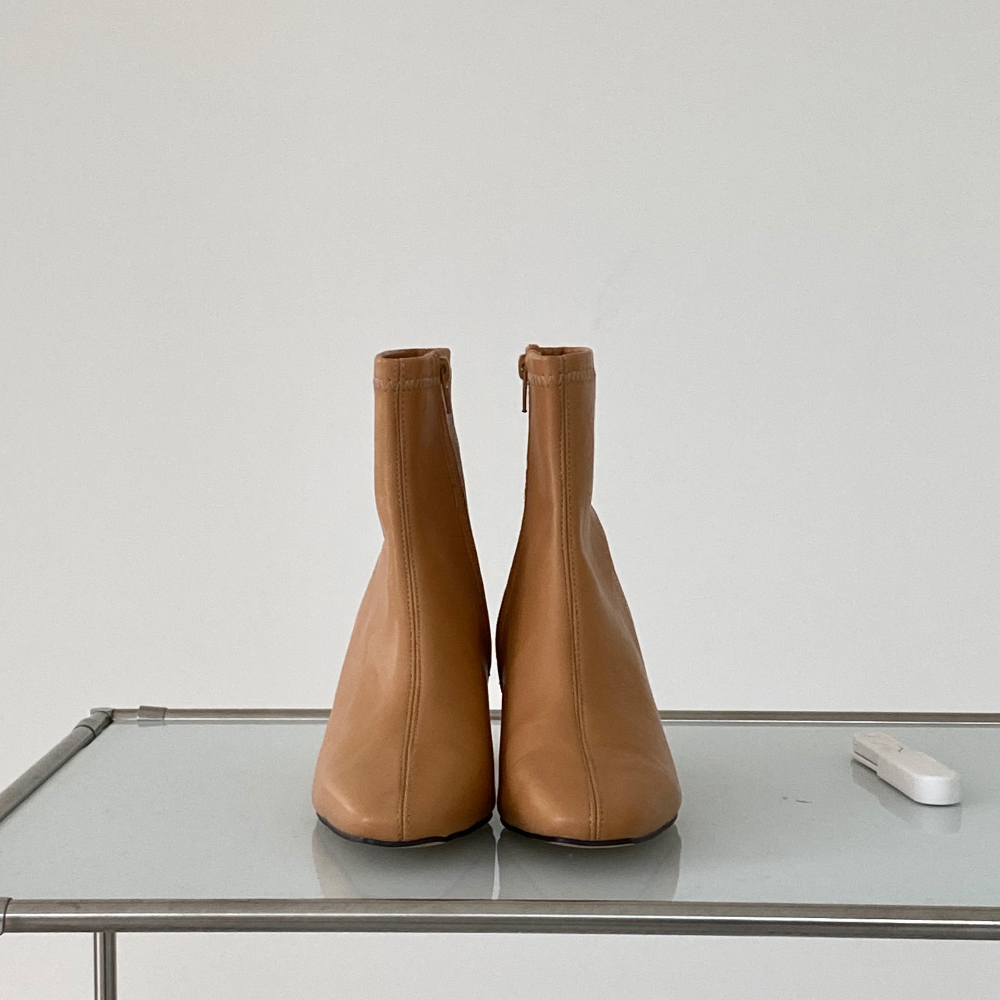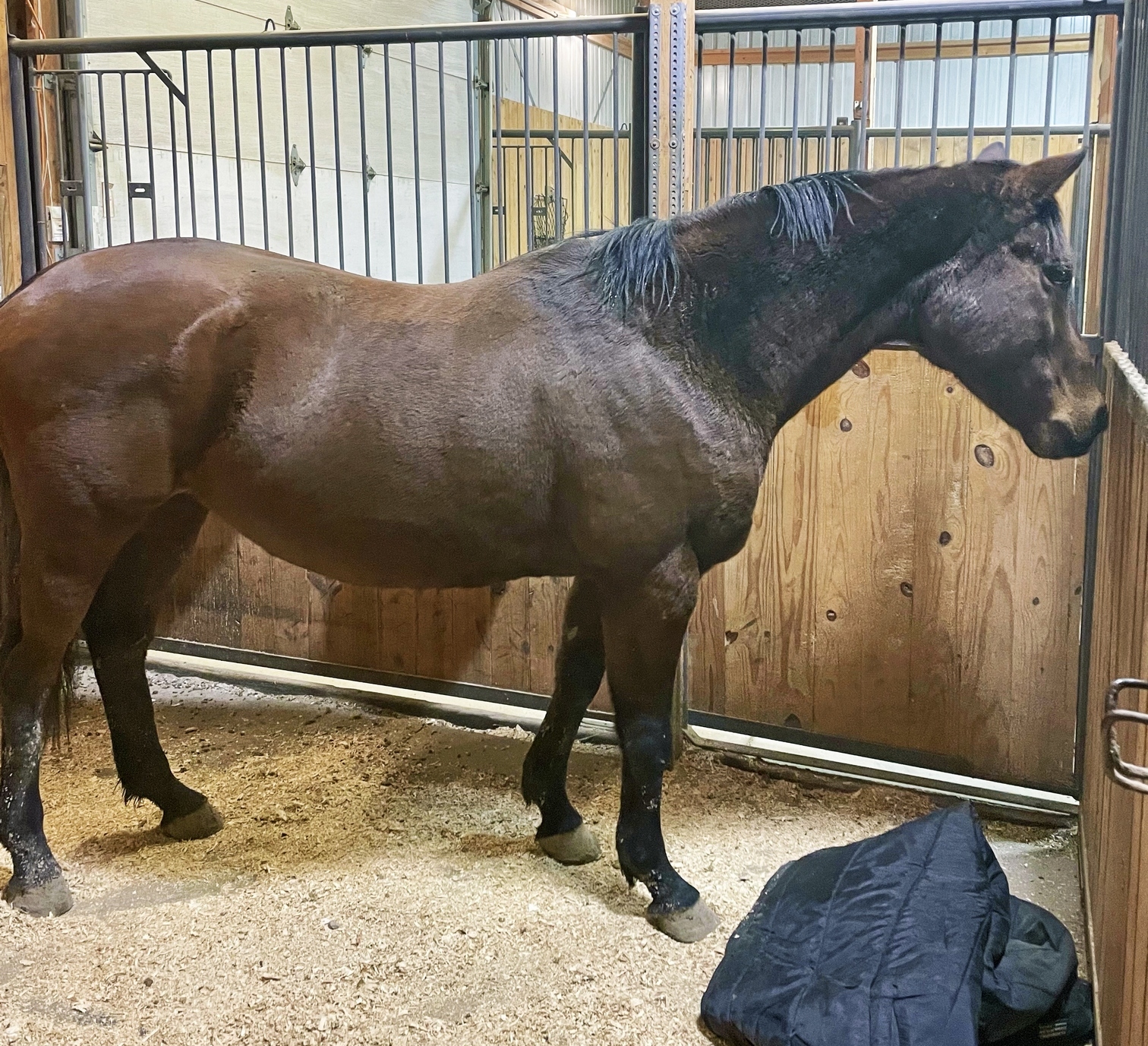A: Most exterior paint products are formulated for application on a variety of surfaces, from wood siding to brick and stucco. The knowledgeable sales people at Sherwin-Williams can tell you about products like Duration® Exterior Coating, and SuperPaint® Exterior Latex Paint. HI - It is too difficult to paint stucco with a roller and or just a brush. I know because we tried and it wastes lots of paint with the roller. It has to be spray painted on because of the kind of paint that has to be used for stucco and it has to be sprayed properly.

Paint Fresh Stucco — The Right Way
When determining the right moment to paint your client's fresh stucco, many assume that the surface's dry time is the most important factor. While time does play a role, as painting high pH stucco too soon almost always results in color burnout, there is no rule of thumb regarding the amount of time stucco needs to cure to be 'paint ready.' In addition, there are other considerations to keep in mind — such as the amount of moisture available from rainfall, humidity or the application, itself.
For example, manual hydration and/or rainfall can help lower the pH level and speed up the curing process. Therefore, the most important dynamic is the extent of the stucco's curing and its pH level, not the amount of time elapsed since the stucco was applied.
Because stucco is hydrophobic, water is a vital catalyst in the chemical reaction that helps this material harden and cure — and is why it is recommended that it be moist-cured over a number of days, as it keeps the cement's moisture high enough to hydrate or cure.
Freshly applied stucco tends to be highly alkaline or have a high pH. pH is the scale by which we measure acidity (0-7 on the scale) or alkalinity (7-14 on the scale). When first applied, new stucco can have an alkalinity as high as 13 but — as it cures — the reaction binds the lime in the mix and causes the pH to drop. For the reaction to continue and full curing to occur, it must have water. Most manufacturers don't recommend painting stucco unless the pH level is 10 or below. If properly hydrated, stucco will easily attain a pH in the range of 8 or 9, if properly hydrated.

So what happens if paint is applied to stucco when the pH balance is too high? Most commonly, a 'burning' may occur, which may appear as a dulled sheen or mottling of the coating and, eventually, leads to paint deterioration. At this point, it's best to realize that the damage is done, as the further addition of water may aggravate the situation and cause chipping and delamination.
Unfortunately, there is no 'magic number' when it comes to how many days a fresh wall of stucco needs to cure for the pH level to drop to an acceptable level. That said, we can provide best practices regarding the optimal procedures to help ensure the paint job goes smoothly.
As mentioned earlier, stucco hydration is influenced by many factors, including humidity, temperature, wind and direct sunlight. Therefore, proper hydration is vital when preparing a stucco surface for paint. To hydrate a wall, apply water with an even spray over the entire surface until it begins to run off. Allow the wall to absorb the water and repeat several times. The surface may need to be hosed several times per day for several days. The need for additional wetting can be dictated by the exposure conditions, wind, humidity, temperature and orientations. For example, south- and west-facing walls may require more than north- or east-facing walls. Continue to hydrate the surface until it lowers to the desired pH level.

The most commonly used method to determine pH is with a pH pencil (which can be obtained from most paint distributors) and distilled water. Scratch a small area on the test surface and wet it with distilled water. A color chart is provided to match the color of the test area with the corresponding pH color level.
Another best practice is to prime stucco before painting, as primer functions as an intermediary between the stucco and coating. It also stops stucco from drawing moisture from the coating and discoloring it. A good, alkali-resistant primer will help your coating provide greater coverage and better performance.
Dunn-Edwards EFF-STOP® Premium can be applied to new stucco with a pH level of 13 or lower. Hairline cracking is very common with new stucco, which can allow moisture to penetrate and activate any residual salts. These salts can migrate to the paint surface and attack the coating. Dunn-Edwards FLEX-PRIME® Masonry Primer can help to bridge these cracks and stay flexible to minimize future cracking. For additional protection, top-coating the alkali-resistant primer with an ultra-premium finish such as Dunn-Edwards EVERSHIELD® Ultra-Premium Exterior Paint will also promote color retention and minimize burnout. Spray application and back rolling will produce optimal results, as it forces the coatings into the stucco and fills voids that may allow moisture penetration and alkali migration to the surface.

This video and post was intended to post on Tuesday, October 30 while I was away at SEMA. The video did upload to YouTube as scheduled, but did not post on this website. There were some server issues with Collision Blast during this time, but we think we have it working correctly now. Hopefully, the videos does not post again as it was intended. If it does, I will delete the second post.
While at SEMA, I attended a class taught by Shawn Collins with 3M. His class further explained this topic and expanded on the problems that can occur if body filler is applied over paint. I have a lot of great SEMA products and training to post over the next few months, but I will get back to the topic for this video and the original post intended.
Bondo Over Paint – Can Body Filler Be Applied Over Paint?
This is a common question I have been asked many times. Whether you’re a “die hard must be to the metal fanatic” or you’re quick to “apply bondo over anything kind of a guy”, you may want to read this or watch the video before your next body filler job.
I was taught that body filler must be applied to bare metal. Therefore, all coatings must be ground or sanded to bare metal before applying body filler. However, I learned auto body repair during the lacquer/enamel days. Since then urethanes started being used on cars and some technicians started applying body filler over roughed up paint. However, if applied over a sanded paint surface, it must be an OEM substrate. This means a factory paint job that has never been repainted. Now we have waterborne paint to mix into the equation.
The problem with this practice is the “technician see technician do”. Someone notices that body filler is being applied over sanded paint, then they assume this is a standard practice and they start doing the same thing. Before you know it everyone is doing this the same way, but many of them do not have all of the facts. The fact the that paint surface must be an “OEM finish” is the missing link, which leads to filler being applied over all painted finishes.
What Problems Could Occur?
So why is there a controversy about if body filler can be applied over sanded paint or not? What could go wrong? Well, I guess it’s like a houses foundation example. You know, the house is only as good as the foundation. Your filler work will only be as good as the coatings it is holding to. So adhesion problems is one of the problems that could occur.
What 3M Said
I have heard both opinions of this for years, but no concrete data. About one year ago I visited the 3M headquarters in St. Paul, Minnesota. While in their lab I asked this exact question. They said that body filler should not be applied over sanded paint. They said that this can cause repair mapping. It was explained to me that many technicians mistake this for sand scratch swelling or primer shrinking. When in fact, the chemicals in the filler can react with the layers of paint coatings causing them to swell or look a look like a shrinking problem.
What Are the Benefits?
So if some technicians have started applying body filler over sanded paint, what are the benefits? The first benefit is that this is much quicker. Less time removing coatings and feather edging. This will lead to more productivity.
Another benefit is that all of the factory zinc coatings and e-coat are not disturbed. These factory coatings are superior for corrosion protection. Regular body filler does not provide corrosion protection. However, newer premium body fillers now have zinc in them to overcome this problem. Therefore, premium fillers can be applied to bare steel and still be warrantied for metals that were zinc coated from the factory.
What Does Evercoat Claim
I did a little research and this is what is on the Evercoat website.
“Our fillers are designed to work over bare, properly prepared substrates such as: steel, aluminum, galvanized, stainless steel, fiberglass, and SMC. Some people prefer applying an epoxy primer over bare substrates to enhance corrosion protection. Our products don’t need to be applied over an epoxy for corrosion protection as long as the bare surface area is clean and no surface rust or contamination is present. However, some auto manufacturers do require body technicians to coat the bare metal surface with an epoxy before applying fillers. If you are performing warranty work, you should consult the manufacturer of the automobile for the recommended procedure. Fillers and putties will normally work OK over properly sanded (80-180 grit) cured OEM paint. However, with so many different types of aftermarket paint available (lacquer, enamel, urethane, water-based). We recommend that all paint be removed where filler is to be applied.”

So What Is My Opinion Macbook air os x 10.11.6 download.
There are many opinions on this, but not many clear facts. The I- CAR curriculum I teach and most other textbooks I have used have always taught to remove all of the coating several inches past the repair area to assure body filler will not be applied over paint. I am not claiming this is the only way, but the only way with absolute facts that it will work properly every time. Therefore, this is what I am going to continue to teach to stay aligned with the curriculum.
I also believe this is going to produce the best adhesion for body filler. Here is my thoughts on the topic. Applying body filler over paint may work many times with no problems. However, there is a possibility it could come back to haunt you later. It’s kind of like drinking and driving. You may have done it many times, but if done often enough, you’re likely to get caught.
So, there are the facts and opinions I have, although this is still a gray area. New products are being created everyday! Perhaps a filler will be created and provide data that their body filler can be applied over sanded paint and guaranteed. Better yet, there could be new fillers I am not aware of now. If you know of a filler that has a clear answer for this question and the data to back it, please let me know. I will be interested to learn more and check it out.
Paint Foalsdrako Studs
One Last Option – Body Filler Over Primer
Paint Foalsdrako Studio
The only primer that body filler is recommended to be applied over is epoxy primer. I normally do not use this method. However, if you do a lot of restoration work, this may work great. If I had a car completely stripped down to metal or blasted, I would probably go ahead and shoot epoxy over the car to prevent the metal from corrosion. Especially if the car is not going to be completed for some time. However, collision repair that is repaired and filled the say day, this seems like an unnecessary step to me.
Paint Foalsdrako Studios
Let’s Hear Your Two Cents
Paint Foalsdrako Student
You’ve heard the facts and opinions I have, let’s hear yours! Do you apply body filler over sanded paint? Leave us a comment so we can all see how others are doing this.
